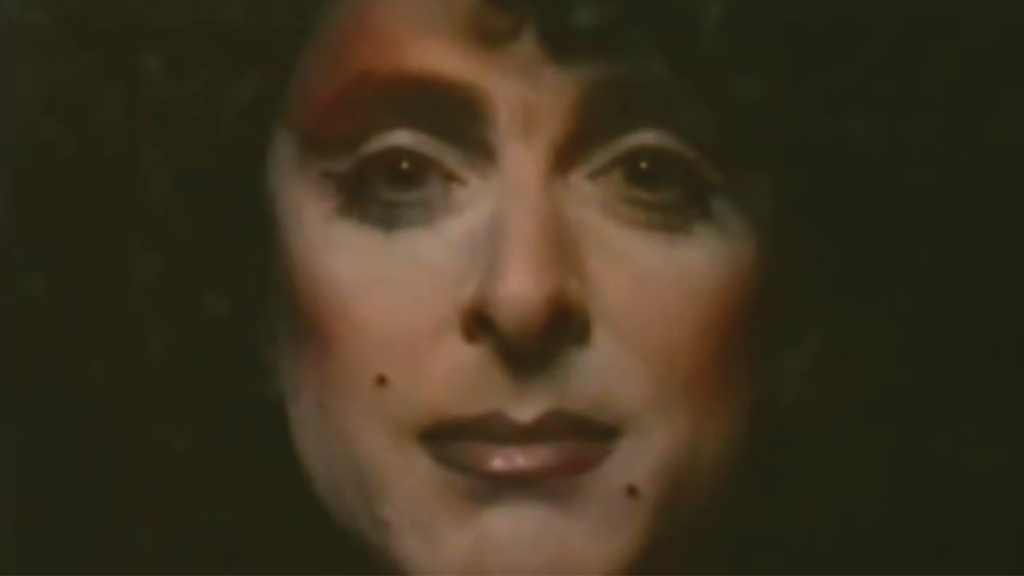
Late one night in 1984, drag queen Lady Bunny and a few friends drunkenly wandered from the Pyramid Club in New York’s East Village to Tompkins Square Park, staging an impromptu drag show in the band shell. This annual drag bacchanal, which would become known as Wigstock, signaled the end of summer in glamorous fashion for the gay community in NYC and lasted almost 20 years.
Now, Lady Bunny, a New York cultural icon in her own right, has brought it back. In summer 2018, the festival returned, bringing together legendary queens with a new generation of drag performers for one of the largest drag shows ever staged.
From Emmy(R) nominee Chris Moukarbel (“Gaga: Five Foot Two,” HBO’s “Banksy Does New York” and “Me @ the Zoo”), WIG explores the origins and influence of this iconic festival through archival footage and looks at the contemporary drag movement it helped inspire when the documentary debuts TUESDAY, JUNE 18 (10:00-11:30 p.m. ET/PT), exclusively on HBO.
Featuring footage of the present drag scene and performances from the ’80s and ’90s, WIG celebrates the early days of New York drag culture, and those personalities and performances that contribute to today’s understanding of queerness, art and identity. Drawing on unfiltered access to some of New York’s famed drag artists – including veterans and newcomers such as Charlene Incarnate from the Bushwig scene, Flotilla DeBarge and Linda Simpson – the documentary follows celebrated drag queen Lady Bunny as she resurrects Wigstock for a new generation. It also features appearances by Wigstock’s co-producers, actor Neil Patrick Harris and his husband, David Burtka, who, as longtime Wigstock fans, help Lady Bunny with the revival.
In 1983, drag was an underground art confined to late-night performances in dimly lit clubs. Downtown Manhattan’s Pyramid Club, owned and operated by drag performers and devotees, was the epicenter of the city’s drag scene.
Following a late night at the club, a group of young performers put on an impromptu show in Tompkins Square Park. Their act of spontaneity soon spawned an idea to host a festival in that same East Village setting, and Lady Bunny took it upon herself to create the cultural phenomenon known today as Wigstock.
Wigstock was born during a time of crisis in the gay community. The impact of the AIDS epidemic was growing, and a backlash against gay pride was rampant. Equal parts social commentary and celebration, Wigstock proudly brought drag culture into broad daylight. Every Labor Day for 17 years, drag artists dazzled the Wigstock stage with irreverent, captivating performances. By the early ’90s, the festival had become a televised global sensation – until suddenly, in the wake of 9/11 and the rising costs of living in New York, Wigstock ceased, though its influence endured.
Before Wigstock, drag queens lived a secretive, punk-rock life, putting a premium on performance. Today, drag is mainstream and transcends queer spaces, with RuPaul and her millennial counterparts bringing it to the masses.
While mainstreaming has taken drag away from its roots, it’s also building spaces for different kinds of queens. In the Pyramid Club era, drag was a place for aggressive, heightened femininity; the art itself was a rebellion against masculinity. Today, performers explore the full spectrum of gender-fluid expression. As drag continues to command a global stage, its trailblazers hope that unity remains the bottom line.